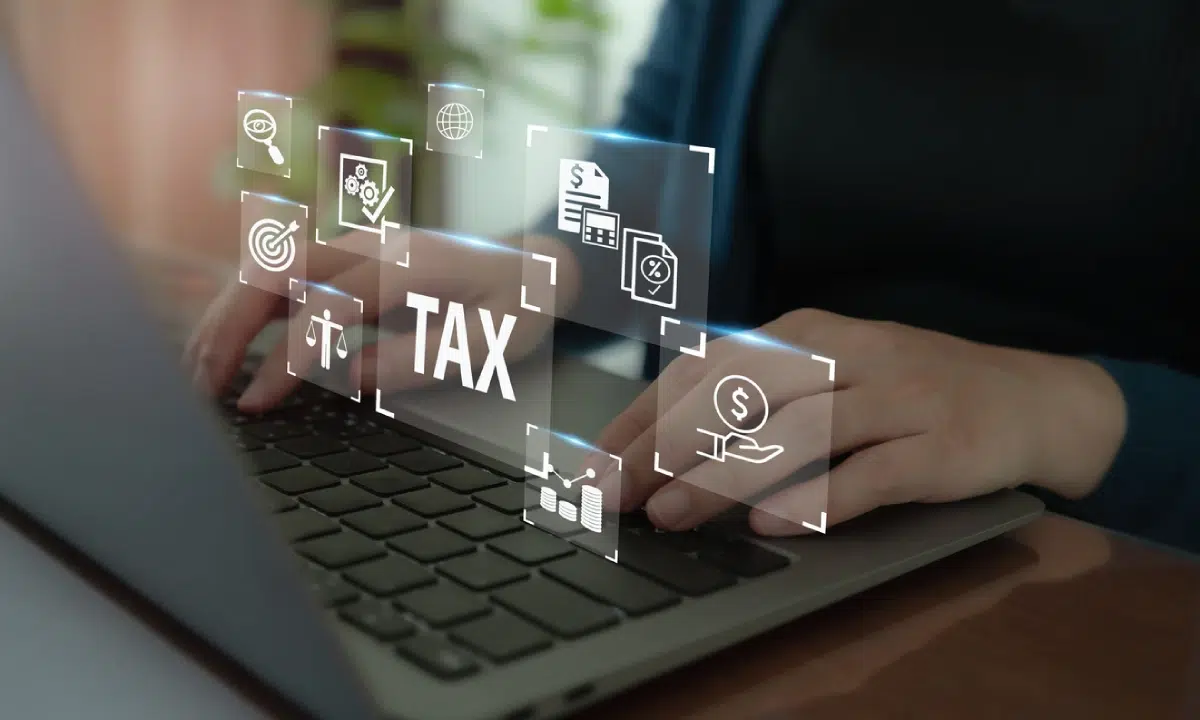A quiet giant in the tax code just got downsized on July 4, 2025, as a sweeping tax package was signed into law that would fundamentally alter the treatment of Qualified Small Business Stock (QSBS) under Section 1202. Tucked into a broader revenue-raising bill, this change hasn’t gotten as much media attention as some other tax reforms, but it is a huge deal for the startup ecosystem. For decades, QSBS has offered one of the most powerful tax benefits for founders and early investors. Now, that benefit is significantly scaled back for future acquisitions.
QSBS: A Powerful (and Now Limited) Tool
Since its introduction in the 1990s, the QSBS exemption has become a cornerstone for U.S. innovation funding. Section 1202 was enacted in 1993, and under the right conditions, it let eligible holders of QSBS exclude up to 100% of capital gains from federal tax if they held the stock for at least five years.
This exemption was a major driver for angel investors, venture capitalists, and founders alike, offering a powerful incentive to back high-risk startups. To qualify, the company had to be a U.S. C-corporation with gross assets under $50 million, operate an active business, and not fall into certain disqualifying industries.
What Changed in July 2025?
The new law alters the QSBS gain exclusion for stock acquired on or after January 1, 2025:
- Only 50% of eligible gains will be excluded from income tax.
- The other tiers of exclusion—75% and 100%—are eliminated for future QSBS.
- The remaining 50% of the gain will be taxed as a capital gain and subject to the 28% QSBS rate (plus any applicable state taxes and 3.8% net investment income tax).
- The full exclusion remains intact for stock acquired before 2025, assuming all other QSBS conditions are met.
What The New Law Says
The 2025 tax bill marks a turning point in how startup equity is taxed in the United States. Under the revised Section 1202 rules:
- The 100% capital gains exclusion has been reduced to 50% for Qualified Small Business Stock acquired on or after January 1, 2025. This means only half of the eligible gains will be excluded from federal income tax, and the remainder will be taxed at the special QSBS capital gains rate of 28%, rather than the lower long-term capital gains rate.
- The previously available 75% and 100% exclusion tiers—which were based on when the QSBS was acquired and applied under various iterations of the law—are no longer available for any stock acquired after the cutoff date.
- Importantly, QSBS acquired before January 1, 2025, is grandfathered in. That means those shares can still qualify for the higher exclusion rates (up to 100%) as long as all other eligibility conditions are met, including the five-year holding period, active business test, original issuance, and gross asset threshold at time of issuance.
- The 50% exclusion for new QSBS still provides a benefit, but it also brings back certain tax burdens that had largely been dormant during the 100% exclusion era. For example, the portion of gain not excluded is not eligible for the regular long-term capital gains rate and instead is subject to a flat 28% rate under Section 1202, plus potential state income taxes and the 3.8% Net Investment Income Tax (NIIT).
- This change also reinstates the Alternative Minimum Tax (AMT) consideration for QSBS gains, which had not applied under the 100% exclusion. Now, holders of post-2024 QSBS will need to assess AMT impacts more carefully.
Overall, the new law creates a two-tier system where pre-2025 stock may enjoy full exclusion benefits, while new stock issued in 2025 and beyond offers more limited, though still meaningful, tax advantages.
Why This Matters for Startups and Investors
This rollback reduces the attractiveness of investing in new startups from a tax planning perspective. The QSBS benefit was one of the few levers that made investing in illiquid, high-risk companies more financially rewarding. With only a 50% exclusion now available, investors may reconsider how and where to allocate their capital, potentially shifting toward more mature or liquid opportunities.
Founders should also be aware that their tax exposure on eventual exits could be larger under the new rules. While pre-2025 stock is protected, future equity grants and investments won’t enjoy the same generous shelter.
Planning Ahead: What You Should Do Now
- Check your dates: If you acquired QSBS before January 1, 2025, you may still qualify for the full 100% exclusion. Document everything.
- Model your future exits: Consider how the 50% cap may impact exit planning and net proceeds.
- Talk to advisors: Tax professionals and legal counsel can help navigate this new terrain, especially when it comes to equity grants, restructurings, or secondaries.
- Consider entity structure: If you’re launching a company, revisit whether a C-corp still makes sense for your goals.
A New Era for Tax-Advantaged Startup Equity
In a climate where capital is increasingly cautious and returns are more closely scrutinized, every tax incentive matters. And this one just got cut in half. The QSBS reform in the July 2025 bill marks the end of a golden age in tax treatment for startup equity. While a 50% exclusion is better than none, it’s a major downgrade from what many in the innovation economy have come to rely on.
Founders, investors, and startup employees should now treat QSBS as a more limited—though still important—tool, and adjust their strategies accordingly. Whether that chills capital flow or merely reshapes strategy remains to be seen, but one thing is clear: the rules of the game have changed.


